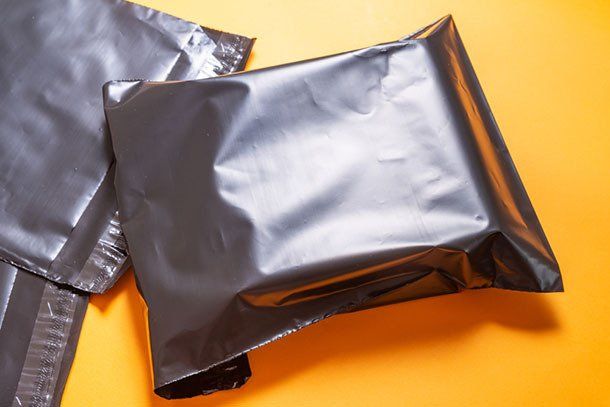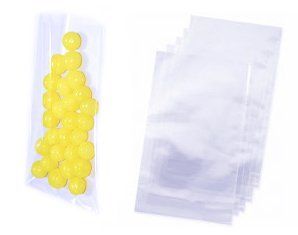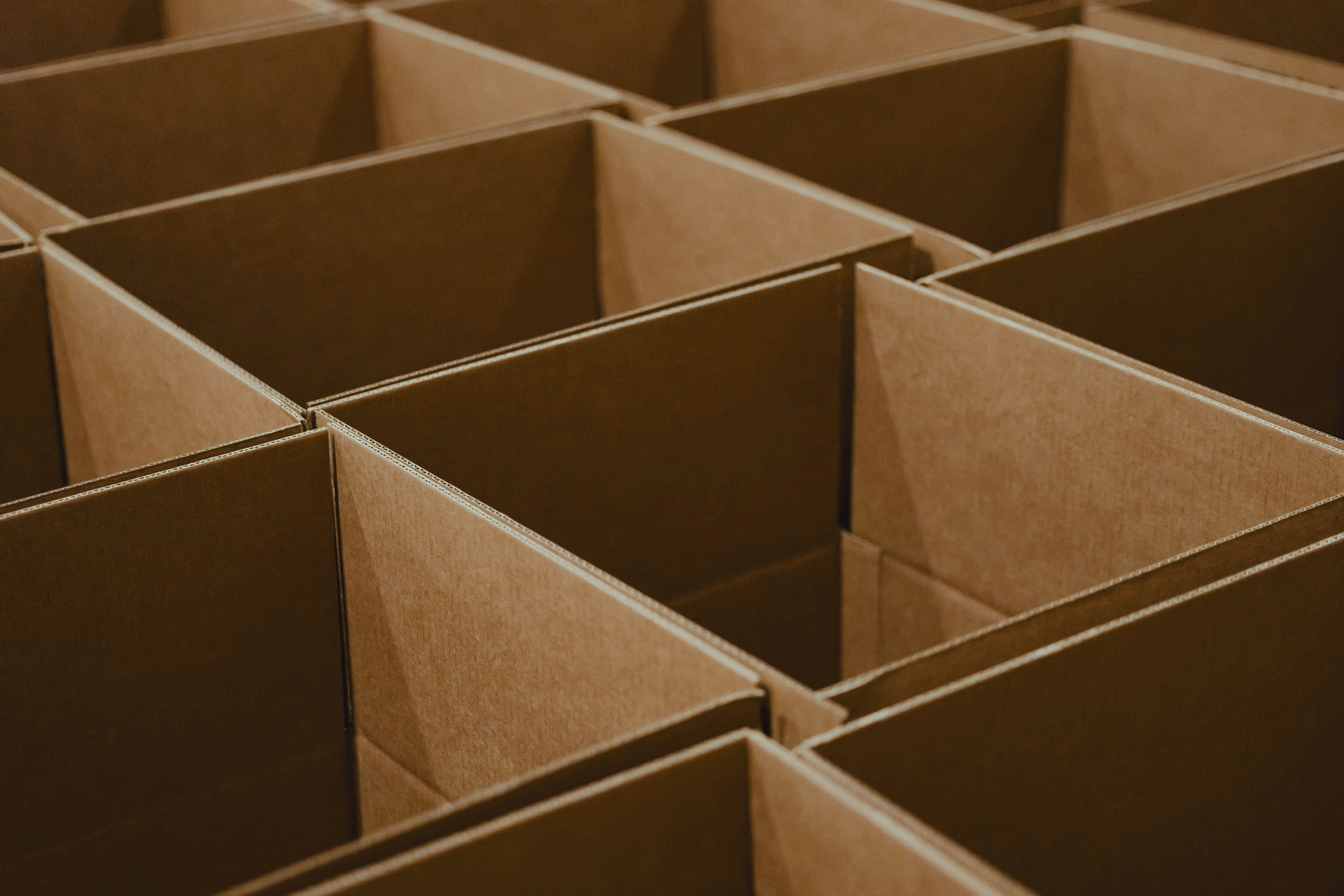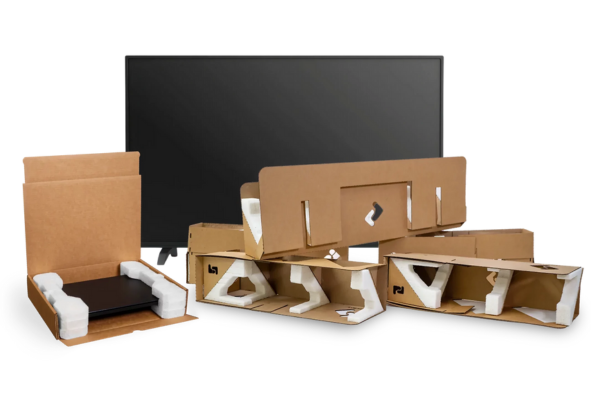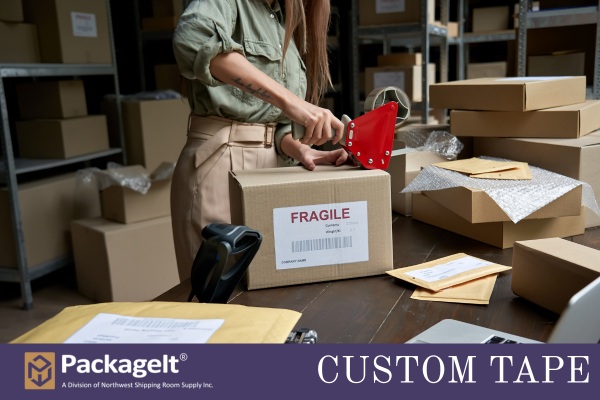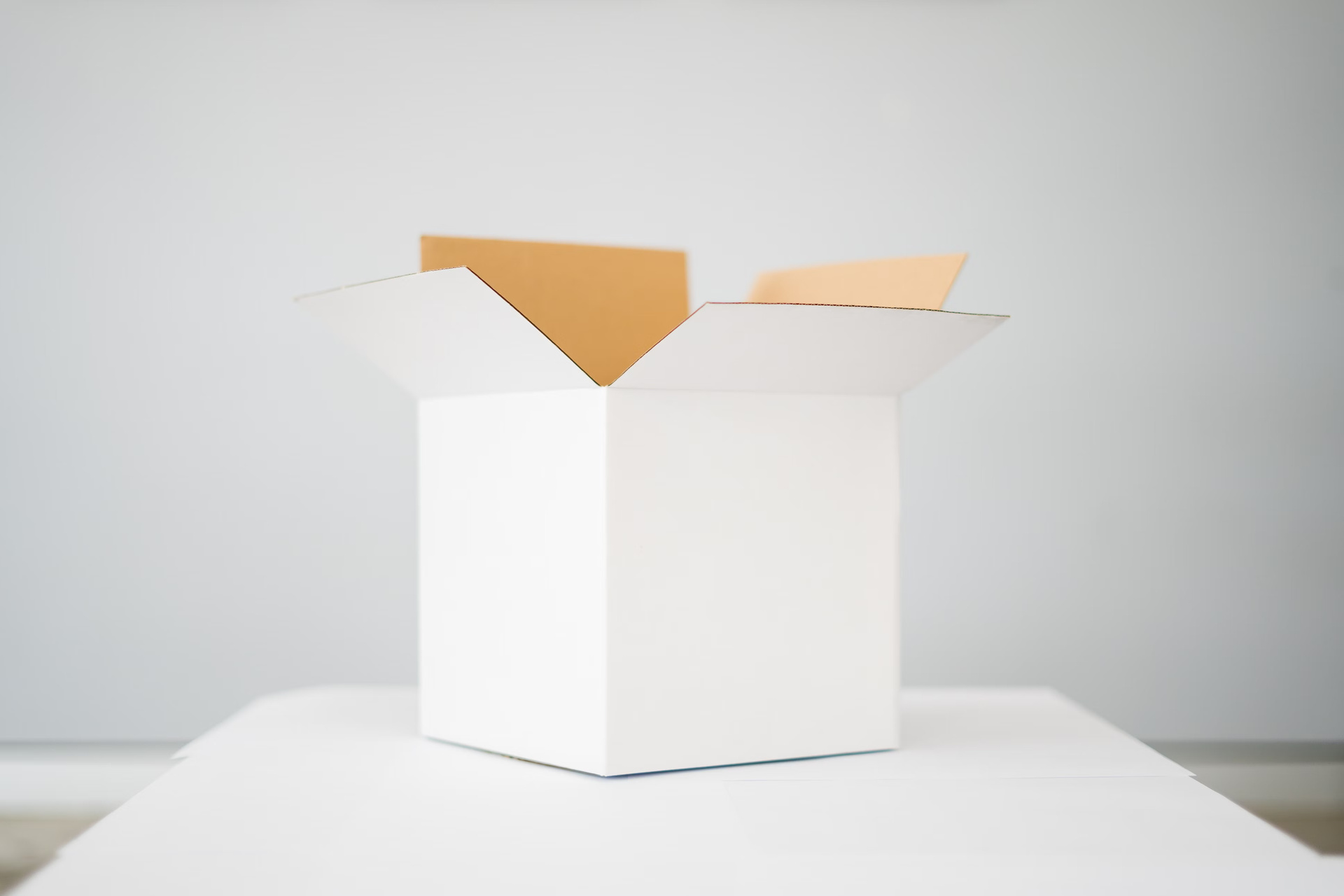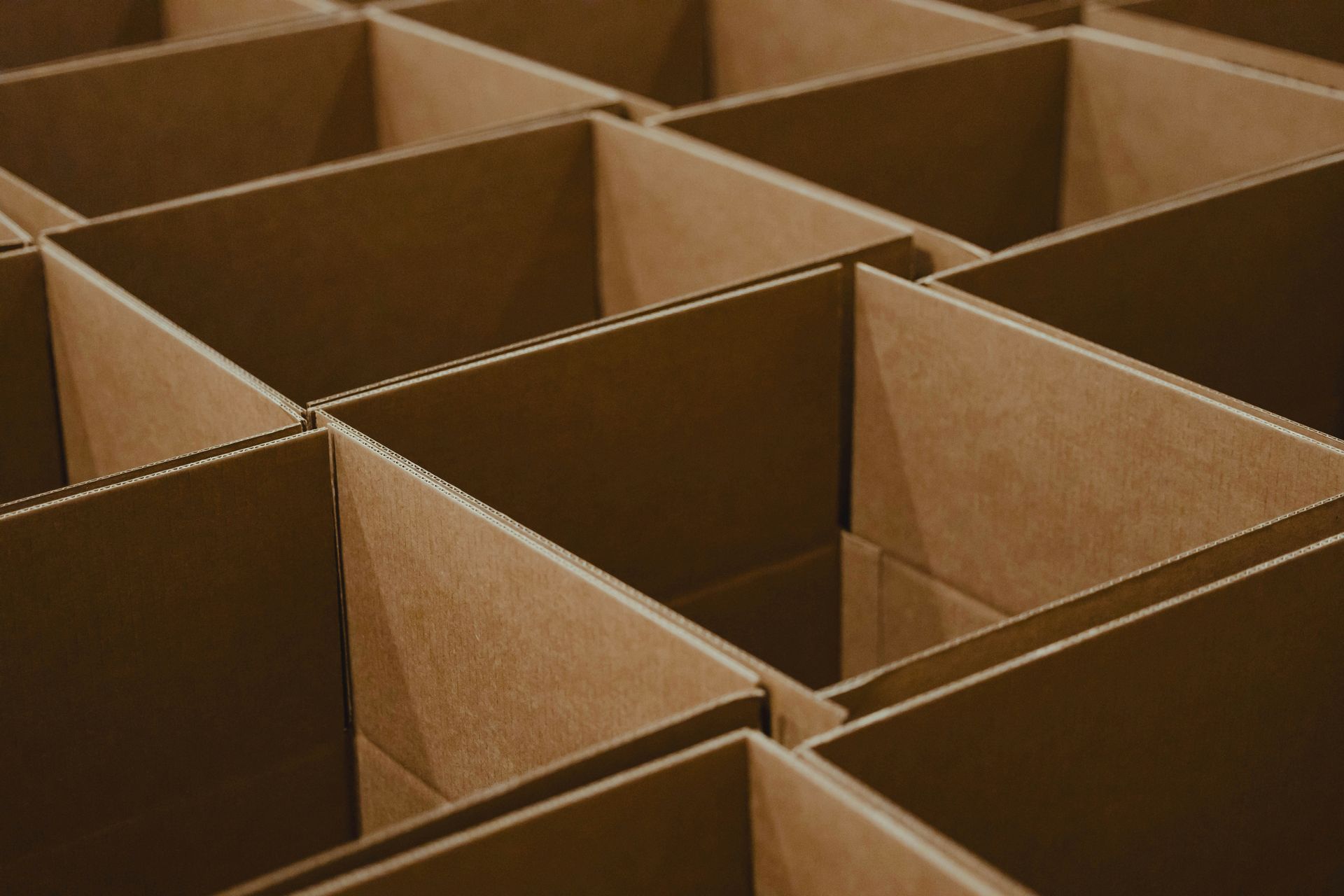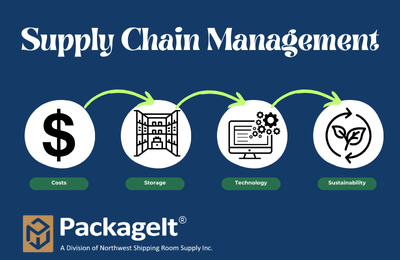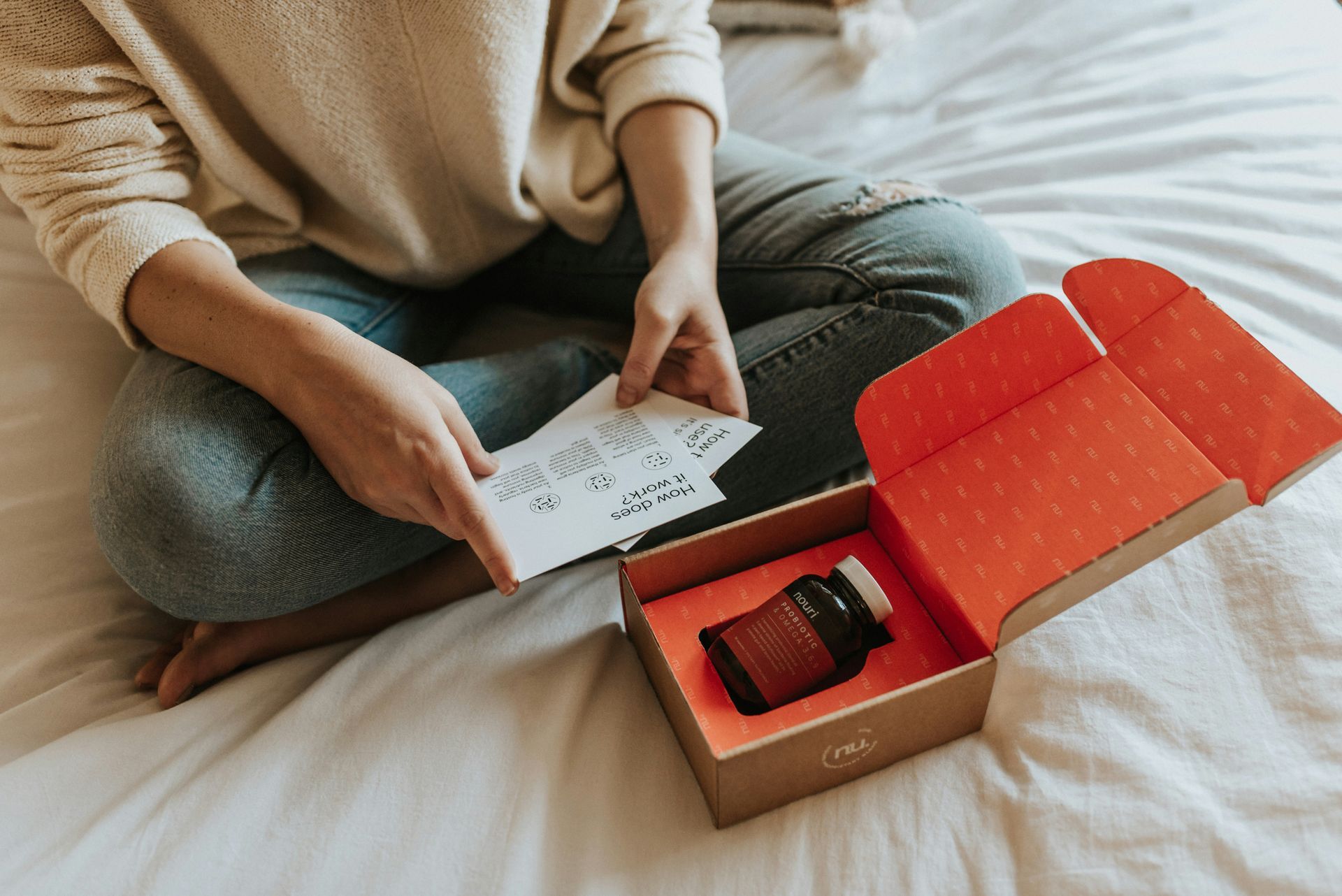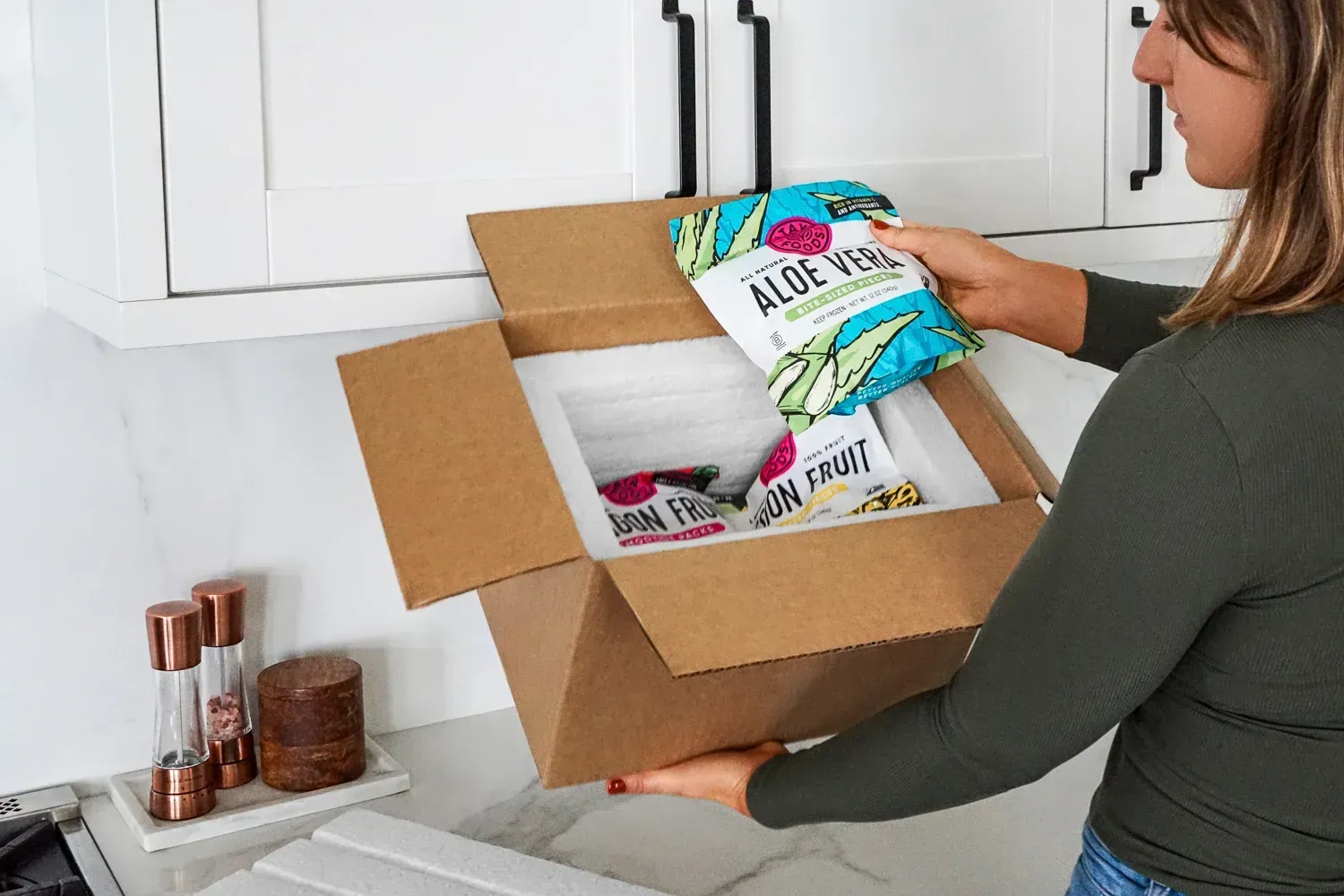The materials polypropylene (PP) and polyethylene (PE) are both used extensively in the modern world. From packaging to home decor, they have many applications that make both of them necessities in many industrial settings.
Since these products are both polymers, PE and PP have many similarities; this can make it challenging to choose the one that best fits your needs – especially for packaging. Our experts at PackageIt have broken down the differences between the two and the pros and cons of each.
So, which one is better, and which should you pick? Let’s find out!
What Is Polyethylene (PE)?
Pros and Cons
PE is highly flexible and tear-resistant and has properties that make it a useful material for a variety of uses. It’s an insulator, carries a low static charge, and is resistant to freezing and dust. In addition, its opaque or translucent properties help it hide or dull the details of the products inside a package. In fact, PE is often used when transporting paintings to protect them from sunlight.
A few drawbacks that you’ll want to keep in mind, however: First, polyethylene has a lower melting point than polypropylene, and second, some of its subtypes can be more expensive.
What Is Polypropylene (PP)?
Pros and Cons
Polypropylene has many advantages that make it an excellent material for various industrial applications. It’s durable yet lightweight, it’s resistant to the acids in foods, and it’s an excellent insulator. It’s also compliant with FDA and USDA regulations, making it a very useful material for storing food.
Its disadvantages are dependent on the situation. While its transparent property is good in some cases, PP cannot protect its contents from sunlight. It’s also not as flexible as PE.
Which Is Better?
When deciding whether polypropylene or polyethylene is a better choice, the answer depends on your needs. For example, if you manufacture equipment with considerable weight, then polyethylene is the better packaging choice. It’s also a great option for items that shouldn’t be exposed to sunlight, like beauty products and artwork.
Polypropylene, on the other hand, is much more suitable for packaging food, chemicals, and volatile substances. PP is also better if you’re looking for packaging with glass-like properties, such as transparency and rigidness.
What Should You Use for Your Products?
Here are some specific case uses for PP and PE plastics:
Plastic Bags
Both PP and PE are used as plastic bags. However, PE is better for the long-term storage of light-sensitive materials. Plus, thanks to its low static charge, it’s a much better choice for electronics.
PP, on the other hand, is used by those who need medical-grade packaging. It can be used to store medicine, biohazards, and other items that need to be protected from moisture and bacteria.
Gloves
Thanks to PE’s flexible properties, it’s more suitable for gloves than PP. PE gloves usually come latex-free to avoid triggering allergies, too. Thanks to this, PE is ideal for food preparation and food handling.
PP, on the other hand, is more reusable, so while PP gloves are more expensive at first, they become more cost-efficient in the long run.
Tapes
Both PP and PE are used for adhesive
tape, making them vital in the shipping and logistics industry. However, they still have distinct properties that make them great for specific scenarios. For example, PE is more resistant to tension and abrasion, making it useful for sealing.
PP is the more affordable option. When you use it, you won’t be sacrificing any of the qualities of PE, but PP can be much noisier.
Turn to PackageIt.com for Your Poly Bag and Packaging Needs
If you need more details or want to explore product options for your poly bag needs, PackageIt has you covered. We’ve been serving companies in Seattle, Puget Sound, and Western Washington since 1974, offering an array of solutions for shipping, warehousing, and retailing applications.
If you’re looking for pallet liners, bin covers, polyethylene bags, polypropylene bags, or anything else,
check out our products and
contact our team today to learn how we can provide custom packaging solutions for your company.

